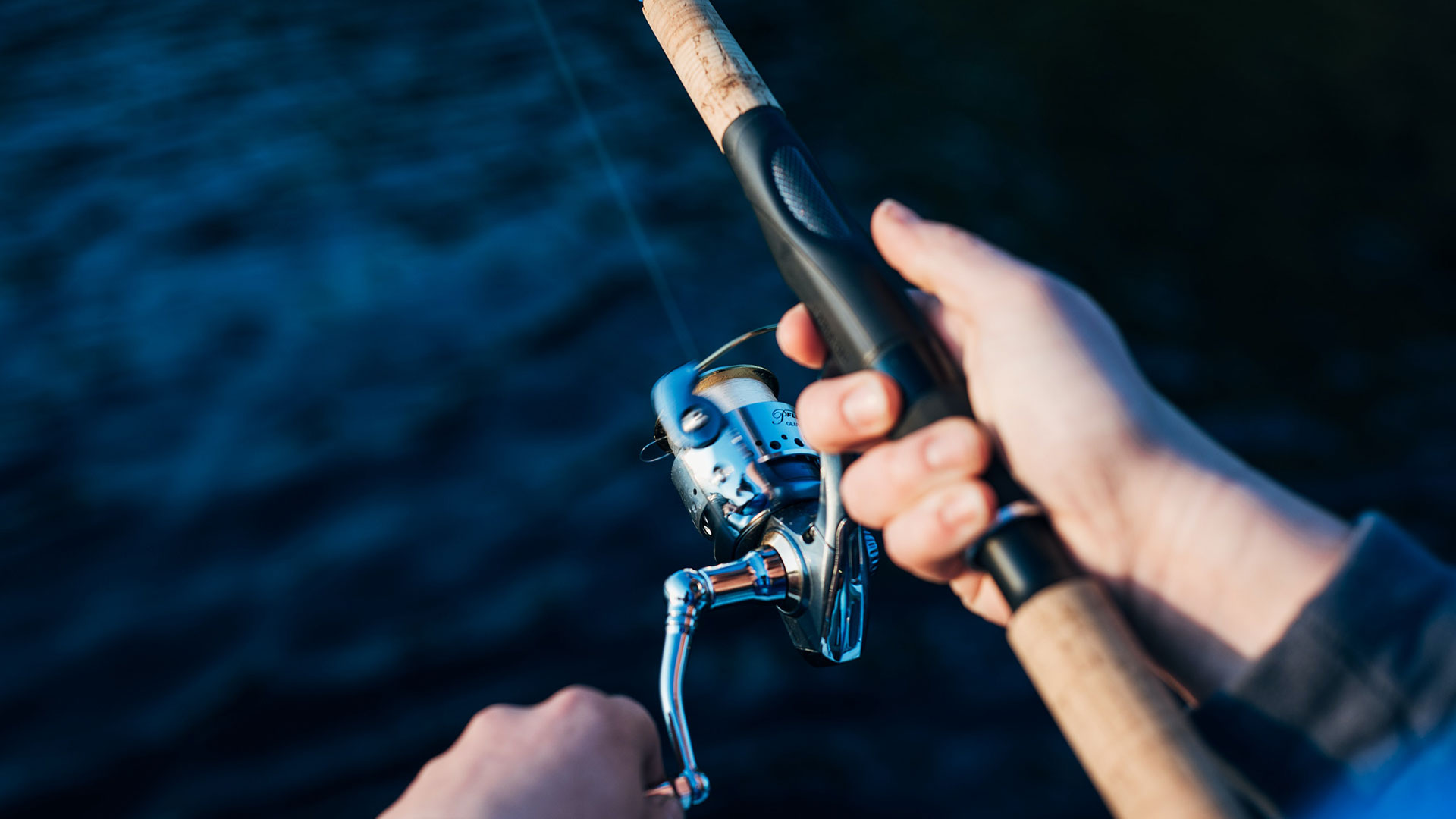Tennessee is home to some of the most beautiful, diversified fishing spots. In the mountains of East Tennessee, to Middle Tennessee’s highlands to the lowlands of West Tennessee, the choices are endless. Not to mention, the variety of all different kinds of fish.
I grew up visiting and fishing creeks in Middle Tennessee where I caught smallmouth bass.
However, living in West Tennessee, I’ve ventured out into larger bodies of water. One particular fishing hole, which to say is rather large and one of my favorites is the Mississippi River.
“The Mighty Mississippi,” as some call it, is in fact mighty.
It flows north to south touching or running along 10 different states. The northernmost being Minnesota, all the way down to Louisiana. The rich history of the Mississippi is tightly woven into the fabric of America. It is a part of many of our culture’s stories, songs, and myths. Its very existence has helped America grow through travel and commerce. Tennesseans are very lucky to have it along its western “shore,” running south from the state line of Kentucky to the border line of the state of Mississippi.
Practically being in my backyard, I have spent a lot of time fishing its waters. One of its best kept secrets: it is an unbelievable place to catfish. And of course, through my livelihood and love for fishing I’ve been lucky enough to spend quite a bit of time fishing here for these wonderful “Mudcats.”
The Mississippi is home to five different kinds of catfish: blues, yellows/flatheads, channels, bullhead and spoonbills. The most popular of these five are, in order of preference: blues, yellows and channels. History notes that at one time, circa the 1800s, blue catfish were caught in the river that weighed more than 150 pounds and measured more than six feet long.
With the recognition of the opportunity and trophy catfish, the Tennessee Wildlife Resources Agency, with assistance from Collierville, Tennessee Commissioner Bill Cox, introduced a length limit to protect trophy catfish. Today, anglers can only keep one catfish per day that is more than 34 inches. Most recreational anglers don’t do that, they release them, but commercial can keep one if they want. Over time this has allowed more of these fish to enter into the trophy category. And when you throw in the surge of the exotic Asian carp species as forage, well, you can see how a lot of catfish are getting plump and plentiful. In the Memphis area alone, several fish have been recorded recently that have weighed in excess of 100 pounds. Catfish in the 60-, 70-, and 80-pound class are fairly common and there are lots of fish in the 30- to 50-pound range. But the real fighters, the ones that will give you that “who-won?” are those cats falling in the 20- to 30-pound class.
I fished the river recently, and with every such trip it is evident Tennessee’s trophy management is working. The big blues are most targeted by trophy anglers; primarily because they get so darned big, but all catfish are remarkable creatures. As with most fishing, catching them is dependent on food source. And if you are going to catch cats, you have to fish with what they eat daily. In the Mississippi, that’s Asian carp – silver and bigheads. It’s an excellent bait as well as “skip Jack,” freshwater herring. The best fishing begins in July and can last through December. The river levels are normally low and predictable through late summer and fall.
Most river anglers use medium-heavy to heavy-action rods, level-wind reels loaded with braided line that offers more sensitivity. Sinkers are typically four to eight ounces. Circle hooks are commonly used. Today, there are many models, but research has indicated those that have outer bend bent inward, toward the shank by 30 degrees, provide more consistent hookups in the corner of the mouth, and fewer fish will be foul- or gut-hooked. In short, it encourages a more successful catch-and-release.
If I had to choose a depth to target it would be 35-45 feet. I also like to drift the areas that have a rollercoaster-like bottom. Fish where the bottom is up and down with troughs, where catfish lie in wait for the current to bring forage. Current typically increases farther down a shoal, and fish like these areas. Controlled-drifting and bumping baits along the bottom are great ways to catch them until the water gets cold.
In warm-water periods the fish roam a lot. You may see them shallow in the morning while they drift back to greater depths as the day grows long. I’ve caught them in depths of 85 feet, and seen big cats roll at the surface at this time of year.
While fishing, wear a personal floatation device. When running, stay in the well-marked channels. Barge traffic is quite common, but simply be sure to give the barges the right of way and you shouldn’t have a problem. Debris often floats along the river, but use caution and you will be fine. There are various public ramps located in Memphis/Shelby County and to the north, and in other West counties.
If you want to come down and fish in the Memphis area, one of the best river guides is James “Big Cat” Patterson, Bartlett, Tennessee ([email protected]). 901-383-8674. He is a knowledgeable and entertaining guide; he knows the river better than an otter knows water.
Another well-known guide and catfish pro is George Young ([email protected]), 870-897-1373. Young promotes the largest catfish tournament on the Mississippi River every year, The River Monsters Catfish Tournament, sponsored by Bass Pro Shops.
Hopefully, I’ll see you there! If not, take my advice… the Mississippi River is your catfishing destination.
Until next time, catch one for me in Tennessee!




